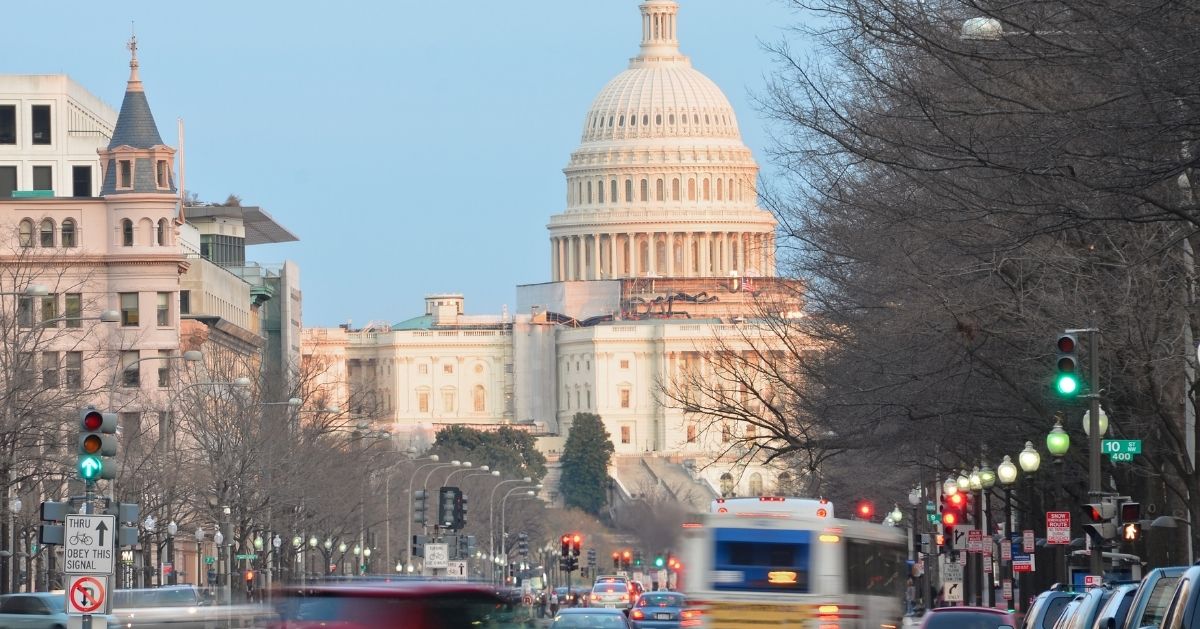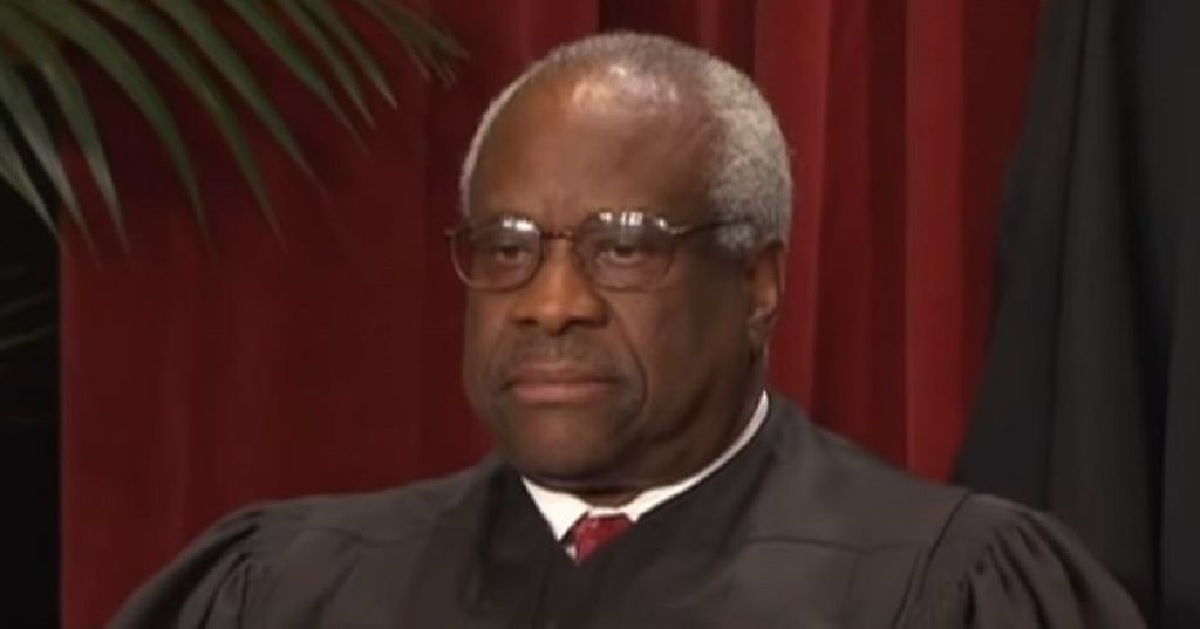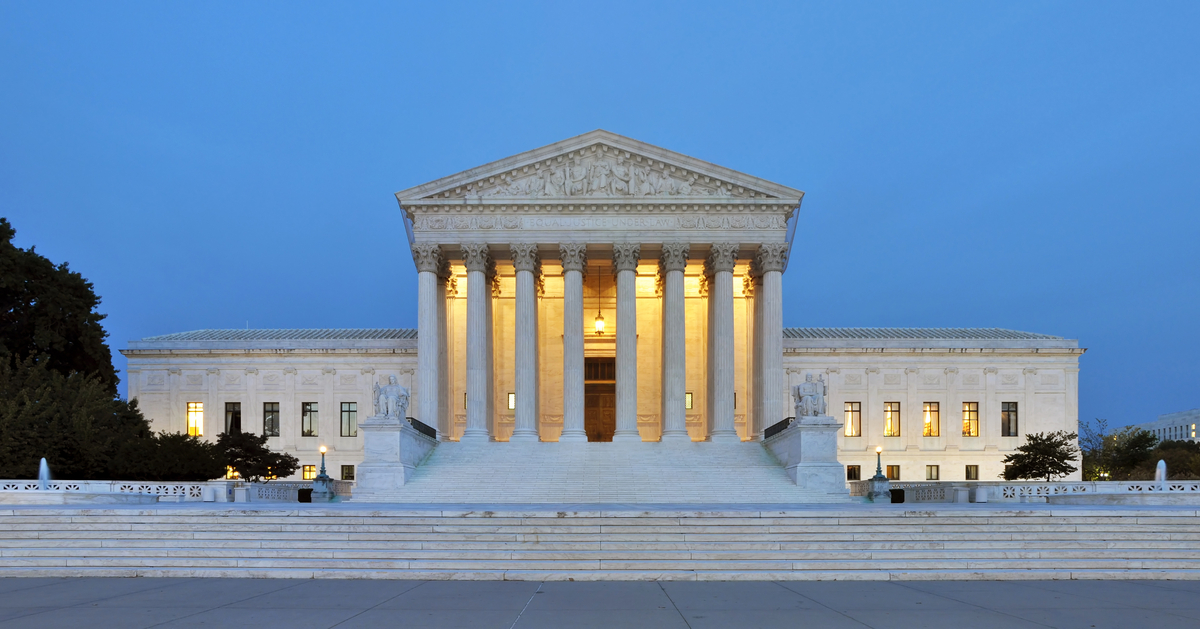Strict abortion ban upheld in North Dakota
In a huge victory for vulnerable children, the Supreme Court of North Dakota has voted to uphold the state's strict abortion ban.
Three out of the five justices on the Supreme Court voted to toss the ban, less than the supermajority that was needed to strike it down.
“The Supreme Court has upheld this important pro-life legislation, enacted by the people’s Legislature," said attorney general Drew Wrigley (R). "The Attorney General’s office has the solemn responsibility of defending the laws of North Dakota, and today those laws have been upheld.”
Abortion ban upheld
The law had been ruled invalid last fall by a state judge who said it conflicted with a supposed right to abortion in the state's constitution. The judge also found the ban's language to be too vague.
The restrictions became law after the United States Supreme Court's landmark Dobbs ruling, which discarded the supposed federal right to an abortion established by Roe v Wade, sending the issue back to the states.
North Dakota's comprehensive ban was signed into law in 2023 by former governor Doug Burgum (R) before he joined the Turmp administration. The ban includes carveouts for rape and incest within the first six weeks of pregnancy, and to protect the life or health of the mother.
The law makes it a felony crime to carry out an abortion outside of those circumstances and exposes doctors who violate the statute to five years in prison and a $10,000 fine.
Exceptions unclear?
A key issue in the legal battle concerned the medical exemption, which was challenged for being unconstitutionally "vague" by four doctors and an abortion clinic.
A narrow majority of the state's Supreme Court agreed that the language was unclear and could have a chilling effect on doctors, but two other justices disagreed.
Justice Jerod Tufte and Justice Jon Jensen found the law's text to be crystal clear on the medical issue. The section says doctors may perform an abortion "based on reasonable medical judgment which was intended to prevent the death or a serious health risk to the pregnant female.”
“The question is whether reasonable medical judgment would conclude there is a probability as opposed to a mere possibility that an abortion would prevent serious physical injury,” wrote Tufte, adding: “Self-inflicted harm is not within the exception.”
Hypothetical danger vs. real danger
The dissenters also said the plaintiffs had “presented only hypothetical scenarios and have not demonstrated the statute is vague as applied to any actual conduct.”
In contrast to such hypothetical dangers, abortion always, without exception, results in the death of an innocent life.
Justices Tufte and Jensen also rebuked attempts by the courts to alter the state's constitution based on nothing but capricious shifts in public sentiment.
“Section 1 does not imply a right to abortion as such, and evolving public opinion on abortion cannot create one — only a constitutional amendment can do that,” Tufte wrote.






